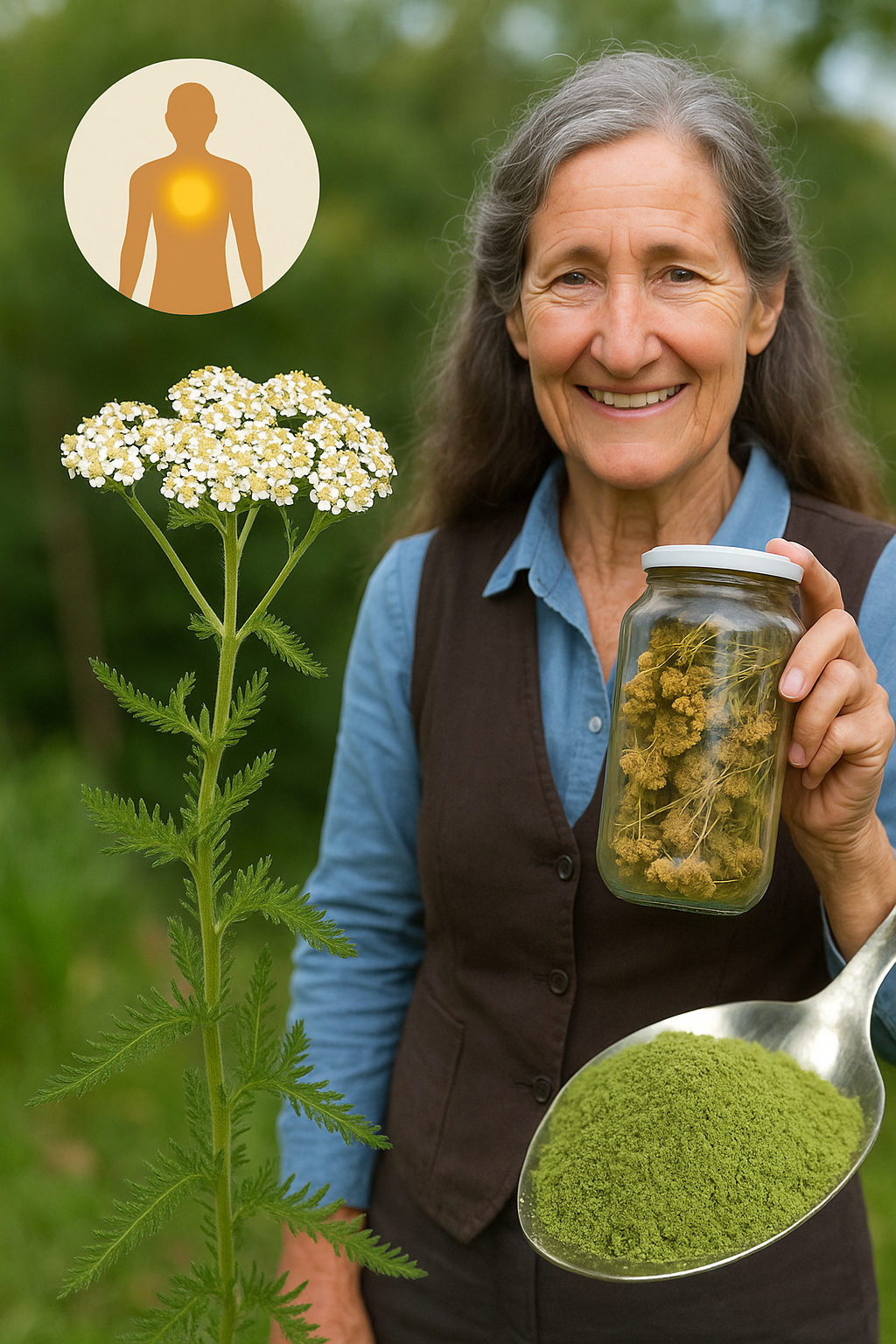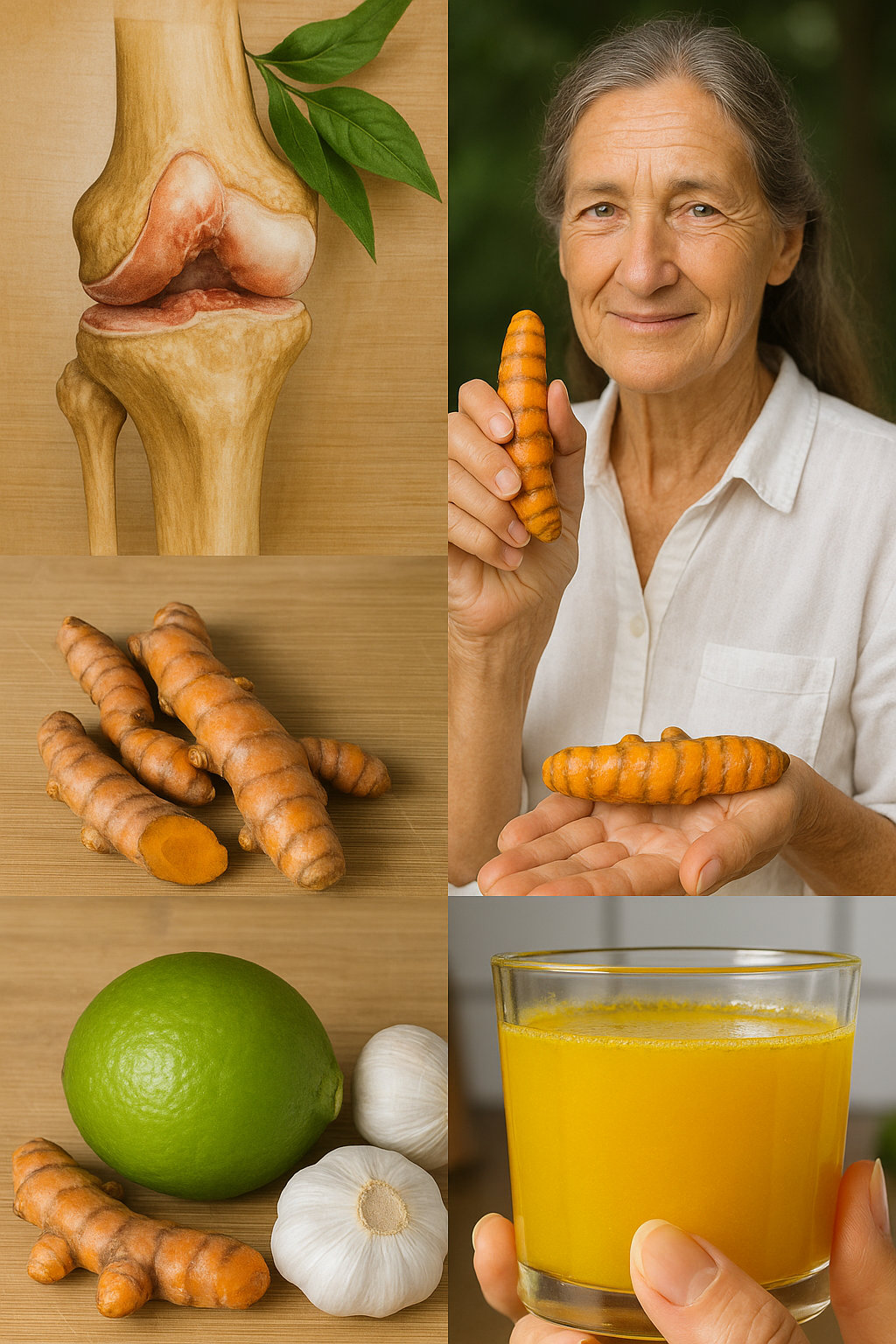In the world of wild edibles and survival food, few plants offer as much nutritional value, accessibility, and versatility as cattails (Typha species). Commonly found in wetlands, ponds, and marshy areas, cattails are more than just a picturesque part of the landscape—they are a complete, sustainable food source that has nourished humans for centuries.
From root to pollen, nearly every part of the cattail is edible, making it an essential plant to know for foragers, preppers, and health-conscious eaters alike. Let’s explore how cattails can be your go-to wild superfood.

🌿 Edible Parts of the Cattail Plant
1. Rhizomes (Roots) – The Power Core of Cattails
💪 Nutritional Profile:
- Rich in complex carbohydrates for sustained energy
- High in fiber, aiding digestion
- Contains vital minerals like potassium and magnesium
🧑🍳 How to Use:
- Boil or roast as a starchy side dish
- Dry and grind into flour for bread, pancakes, or thickening soups
- Raw use in survival: Chew the rhizomes to extract starch if no other food source is available
Why it’s vital:
Available year-round, rhizomes are the most reliable part of the plant. In survival situations, this underground powerhouse offers the calories and minerals your body needs to function and endure.
2. Shoots and Stalks (Spring)
Known as “cattail hearts,” these tender green shoots have a mild, cucumber-like flavor and are great raw or cooked.
✅ Benefits:
- Low in calories
- Rich in vitamin C and A
- Crisp and hydrating
🍽 Uses:
- Toss raw into salads
- Sauté or steam for a fresh vegetable side
- Chop into soups or stir-fries for added texture
3. Flower Spikes (Early Summer)
These immature green spikes are like wild corn-on-the-cob—mild, mealy, and fibrous.
🍴 How to Use:
- Boil like corn, serve with butter and herbs
- Shave into soups or fry with eggs
🌾 Bonus: They’re rich in fiber and offer a unique foraged delicacy that connects you directly to nature’s rhythm.
4. Pollen (Late Spring/Early Summer)
Bright yellow cattail pollen is high in protein and easy to collect when shaken into a container.
💡 Nutritional Benefits:
- Excellent plant-based protein source
- Contains antioxidants to combat oxidative stress
🍞 Culinary Ideas:
- Mix into pancake batter or bread dough
- Blend into smoothies or energy balls for a nutrient-dense boost
- Sprinkle over cereal or yogurt
5. Leaves and Stems – For Cooking, Not Eating
While tough and fibrous, cattail leaves serve a functional purpose:
🥬 Uses:
- Wrap food for steaming or baking, like banana leaves
- Use dried leaves for crafts, basketry, or even roof thatching
- Great for eco-friendly cooking wraps

🔑 Why Rhizomes Are the Star of Survival
Rhizomes are abundant, calorie-dense, and available in all seasons. In times of food scarcity or emergency, this underground root system becomes a lifeline.
Core Benefits:
- Energy source that’s slow-burning and sustaining
- Digestive support via natural fiber
- Mineral delivery for muscle and heart function
- Low-impact harvesting, making it one of the most sustainable wild foods
🌱 More Reasons to Love Cattails
♻️ Sustainability
Cattails grow quickly and require no human intervention, making them a low-impact, renewable food source.
🧠 Antioxidant Boost
Shoots and pollen are packed with compounds that fight inflammation and oxidative stress—important for immune and cellular health.
🍲 Mild, Adaptable Flavor
Their neutral taste makes them easy to add to many dishes: breads, soups, stir-fries, or even teas.
🧺 Beyond Nutrition
Cattail fibers have been used historically to make insulation, ropes, mats, and clothing, proving the plant’s value beyond just food.
⚠️ Foraging & Safety Tips
- Avoid polluted water: Cattails absorb contaminants from water, so always harvest from clean, chemical-free wetlands.
- Harvest ethically: Don’t strip an area. Take only what you need and leave plenty behind for regrowth and wildlife.
- Clean thoroughly: Remove dirt and potential bacteria before cooking or drying.
🏕 Conclusion: A Wild Superfood Worth Knowing
Cattails are far more than a backdrop to a pond—they’re a complete, natural pantry. In each part of the plant lies nutrition, utility, and resilience, qualities essential not only for survival but for sustainable, earth-conscious living.
From rhizomes that fuel your body to pollen that boosts your protein intake, cattails remind us that nature provides—when we know where and how to look.
Embrace the power of the wild. Next time you see cattails swaying in a marsh, know you’re looking at one of nature’s most underrated gifts. 🌾
Disclaimer: Always consult a local foraging expert before harvesting wild plants. Proper identification and safe harvesting practices are essential for your health and the environment.


